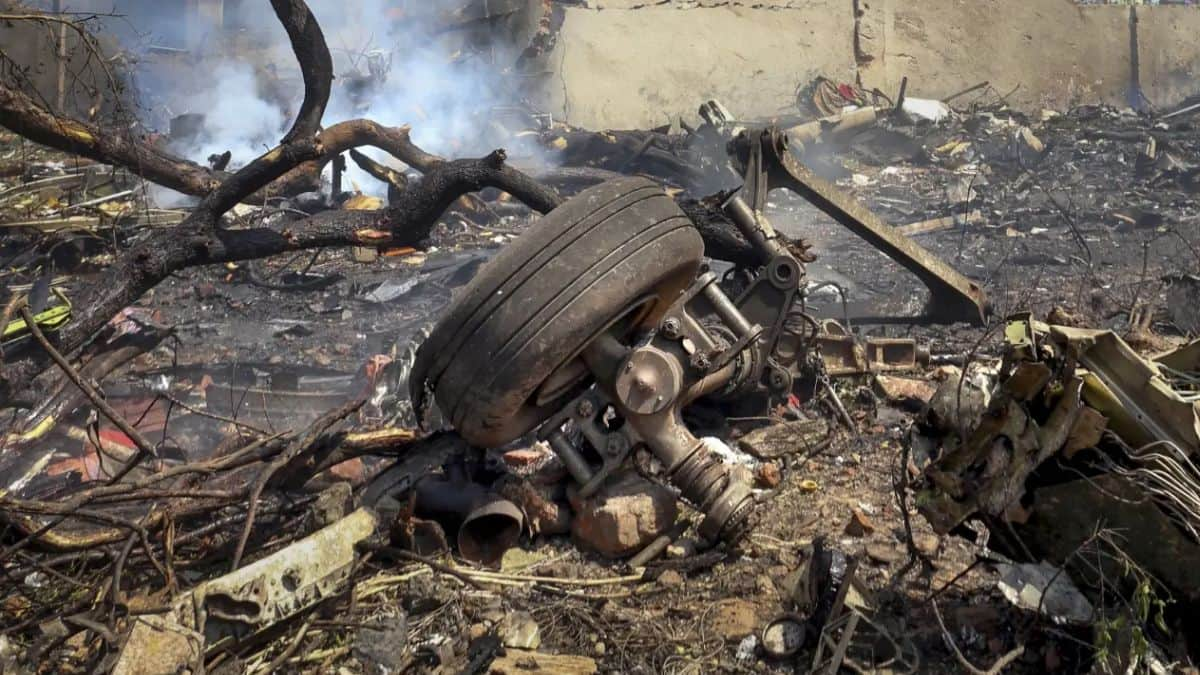

A preliminary report by the Aircraft Accident Investigation Bureau (AAIB) has shed light on the tragic Air India Flight AI171 crash in Ahmedabad on June 12, 2025, which resulted in the death of 260 people. The 15-page report, released on Friday, July 11, 2025, reveals that the fuel supply to both engines was abruptly cut off just seconds after takeoff.
According to the report, the engine 1 and engine 2 fuel cutoff switches transitioned from the "RUN" to "CUTOFF" position within one second of each other, leading to a sudden loss of thrust. This occurred just three seconds after takeoff. The aircraft had reached a maximum speed of 180 knots indicated airspeed (IAS) moments before the fuel cutoff.
The cockpit voice recorder (CVR) captured the pilots' confusion in the immediate aftermath of the incident. One pilot is heard asking, "Why did you cutoff?" to which the other replied, "I did not do so," suggesting a potential technical malfunction or inadvertent activation. The report does not identify which pilot made each statement.
Following the dual engine shutdown, the Ram Air Turbine (RAT), an emergency power source, deployed immediately, indicating a total loss of power to essential systems. A Mayday call was issued at 08:09:05 UTC, just seconds before the aircraft impacted buildings outside the airport perimeter.
The flight data indicates that a relight attempt was automatically initiated and succeeded for Engine 1. However, Engine 2 failed to recover despite multiple fuel reintroductions. Despite the efforts to restart the engines, the aircraft crashed in a nose-up position with both engines inactive. The aircraft hit buildings with an 8° nose-up attitude and level wings. The debris and wreckage were scattered over a wide area, approximately 1,000 feet, near the BJ Medical College hostel.
The preliminary report has ruled out any bird-hit or bird activity that could have impacted the flight. It also indicates that the weather was clear on June 12, eliminating bad weather as a factor.
The Aircraft Accident Investigation Bureau (AAIB) is continuing its investigation to determine the cause of the fuel switch transition. The investigation includes detailed examination of the black box data, postmortem reports, and statements from eyewitnesses and the sole survivor. The black box, or Engine and Flight Data Recorder (EAFR) was substantially damaged, making data retrieval difficult.
The report also revealed that the throttle control module, which houses the fuel control switches, had been replaced in 2019 and 2023, but not due to issues with the fuel control switches themselves. Furthermore, no defects had been reported pertaining to the fuel control switch since 2023.
In 2018, the US Federal Aviation Administration (FAA) issued a safety bulletin regarding potential issues with the locking mechanism on engine fuel control switches in Boeing 737 aircraft. While similar switches are used in the Boeing 787-8, the FAA did not classify it as a major safety concern and did not mandate inspections. Air India informed investigators that they did not carry out the suggested inspection, as the FAA's guidance was advisory.
At this stage of the investigation, the AAIB has not issued any recommended actions to Boeing 787-8 and/or GE GEnx-1B engine operators and manufacturers.